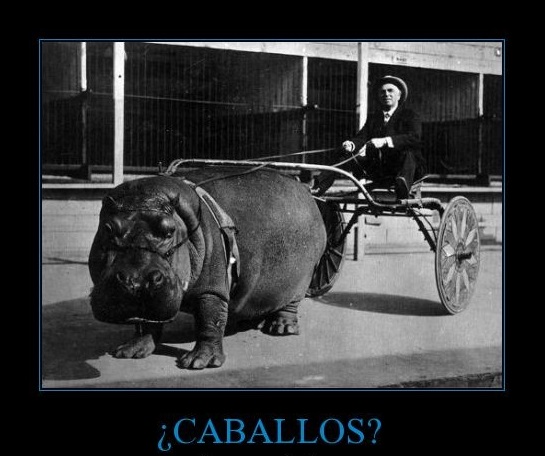Excess Weight and over-nutrition have a number of potentially negative effects, including;

- Increased stress on the heart and lung
- Greater risk of laminitis or founder
- Increased risk of developmental orthopedic ( bone and joint) problems in young growing horses.
- More strain on feet, joint and limbs.
- Worsened symptoms of arthritis
- Lees efficient cooling of body temperatures
- Fat build-up around key organs which interferes with normal function
- Reduced reproductive efficiency
- Greater lethargy, more easily fatigued and poor athletic performance
 Weight Reduction
Weight Reduction
You hold the keys to controlling your horse´s weight. You´ll need to enforce sound nutrition management, become dedicated to a regular exercise program, and use restraint when measuring the ration.
When implementing the weight loss program, it´s important to do it in such a way so as not to stress the horses. Changes in both exercise and nutrition should be gradual.
By increasing the amount of exercise, you can rev-up the horse´s metabolic engine and burn more calorie diet, you can create an “energy deficit” so that the horse begins to utilize its fat reserves as fuel. However, even though the ration provides fewer calories, it should be balanced so that it continues to provide all the essential nutrients. Develop a program that will allow your horse to reduce its weight without any negative side effects.
Here are some guidelines to get you started:
*Be patient. Weight reduction should be a show, steady process so as not to stress the horse or create metabolic upsets.
*Make changes in both the type and amount of feed gradually. Reduce rations by no more than 10% over a 7 to 10 day period.
*Step up the horse`s exercise regimen. Gradually build time and intensity as the horse´s fitness improves. Some horses are natural pasture potatoes. Ride, longe, drive or work the horse on a treadmill rather than rely on free choice exercise.
*Provide plenty of clean, fresh water so the horse`s digestive and other systems function as efficiently as possible and rid the body of metabolic and other wastes.
*Select feeds that provide plenty of high quality fiber but are low in total energy. Measure feeds by weight rather than by volume to determine appropriate rations.
*Select feeds that are lower in fat since fat is an energy-dense nutrient source.
*Switch or reduce the amount of alfalfa hay fed. Replace with a mature grass or oat hay to reduce caloric intake. This will also satisfy the horse`s need to chew, reduce boredom, and provide fill for its stomach.
*Feed separate from other horses so the overweight horse doesn`t have a chance to eat this his portion and his neighbor`s too. In extreme cases of obesity, caloric intake may also need to be controlled by limiting pasture intake.
*Balance the horse`s diet based on age and activity level. Make sure the horse`s vitamin, mineral and protein requirements continue to be met. A supplement may be added to the ration to compensate for lower quality, less nutrient dense feeds.

Help for hay bellies
A “hay Belly” may or may not be associated with true obesity. Many horses, especially the very young and old, may exhibit hay bellies without an associated build-up of body fat. Hay bellies are a distension of the abdominal area due to the volume of grass or hay the animal consumes. The belly expands to handle the load.
To eliminate a hay belly, you need to reduce the total volume of feed that passes through the system. A well-balanced complete feed may be a good way to reduce total volume without adversely affecting the amount of fiber and nutrients required for proper digestion and nutrition.









No Comments